Raising livestock is a rewarding journey, but it’s paved with potential pitfalls for newcomers. The difference between thriving animals and constant headaches often comes down to avoiding common mistakes. Whether you’re raising chickens, goats, pigs, or cattle, certain errors crop up time and again. By learning from others’ missteps, you can save yourself time, money, and heartache. Here are 21 beginner mistakes with livestock and how to steer clear of them, ensuring your homestead animals stay healthy, happy, and productive.
Underestimating Space Requirements

New farmers often crowd too many animals into too small a space. This leads to stress, disease, and poor growth. For chickens, aim for at least 4 square feet per bird in the coop and 10 square feet in the run. Goats need about 30 square feet of indoor space each and 50 square feet outdoors. Pigs require 50 square feet per animal. Always err on the side of more space, not less.
Neglecting Proper Fencing
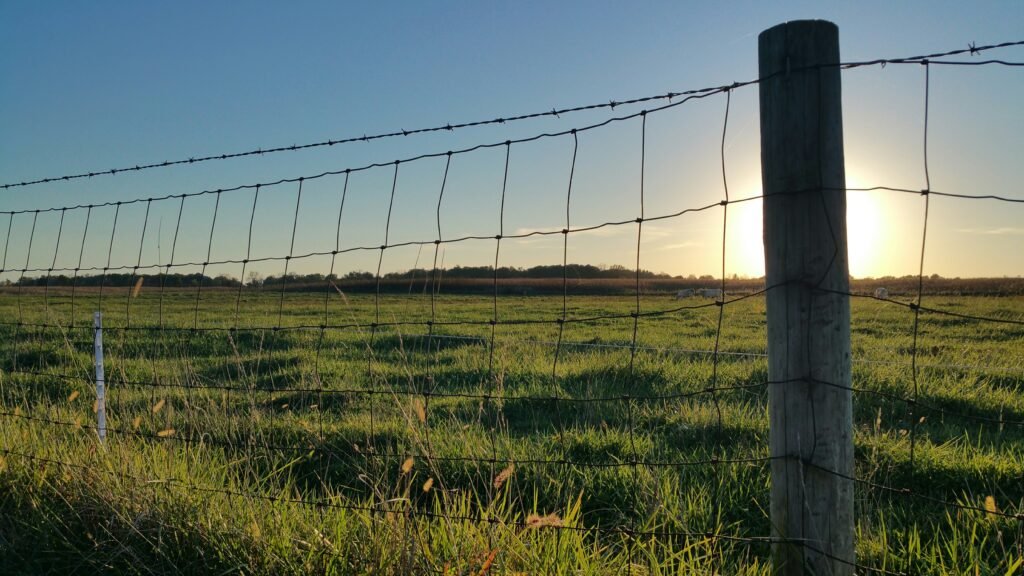
Inadequate fencing is a recipe for disaster. It can lead to escaped animals, predator attacks, and neighborhood disputes. For goats, use woven wire fencing at least 4 feet high. Pigs need sturdy fencing that goes at least 6 inches into the ground to prevent rooting under. Electric fencing can be effective for cattle, with 3-5 strands depending on the breed. Check and maintain fences regularly.
Overfeeding Grain
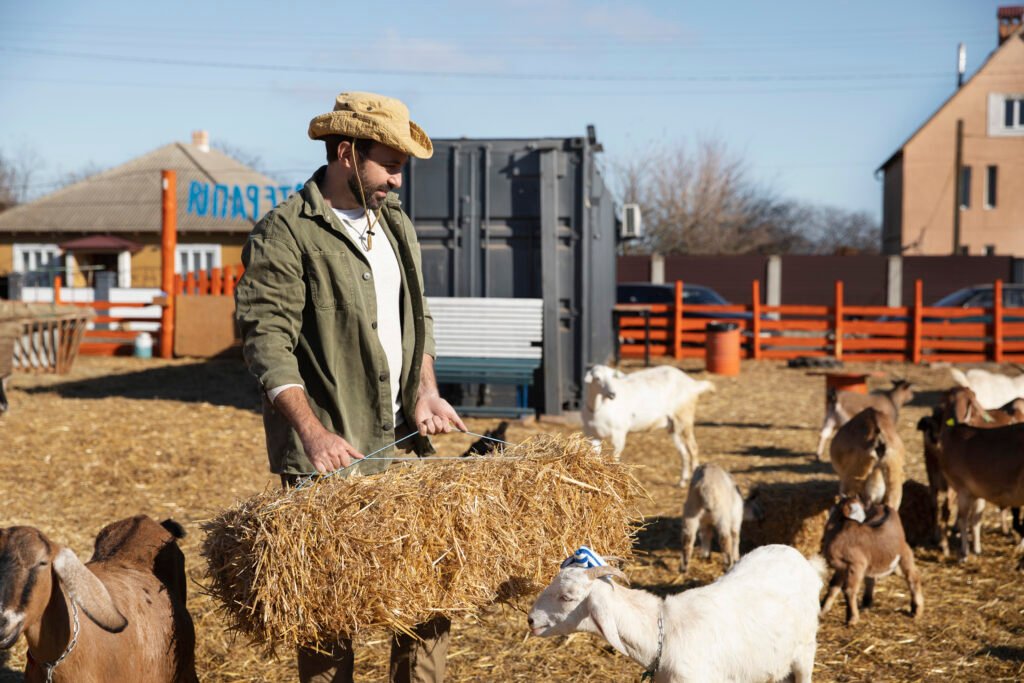
Many beginners overfeed grain, leading to obesity and health issues. Ruminants like goats and cattle should primarily eat forage. Limit grain to no more than 10% of their diet. For chickens, offer free-choice layer feed and limit treats to 10% of their diet. Pigs’ diets should be balanced based on age and purpose, with grower pigs needing about 4-6 pounds of feed per 100 pounds of body weight daily.
Ignoring Mineral Needs
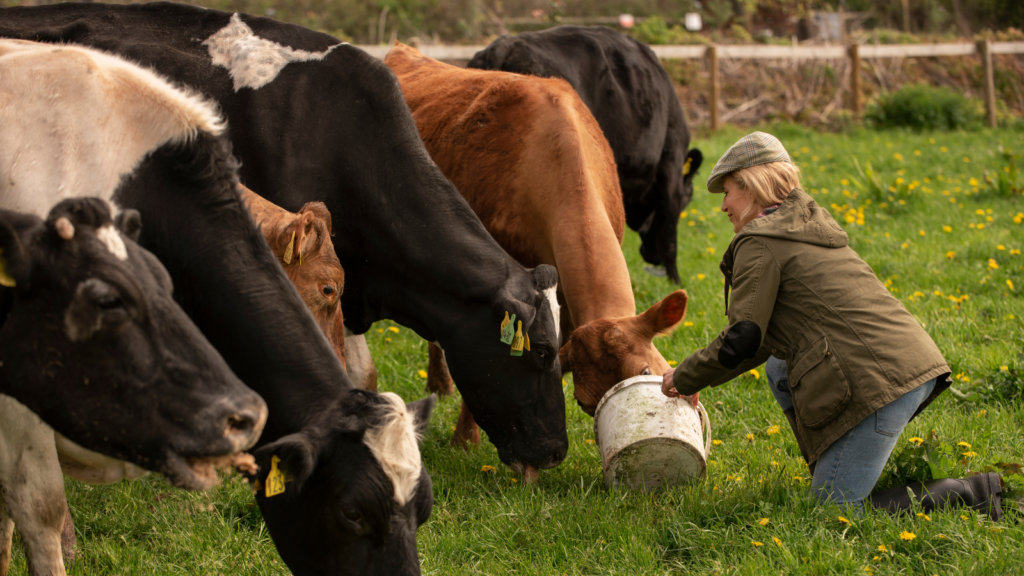
Overlooking mineral supplementation can lead to deficiencies and health problems. Provide free-choice loose minerals formulated for your specific livestock. Cattle typically need about 2-4 ounces of minerals per day. Goats require minerals with added copper, as they’re prone to deficiency. Avoid using cattle minerals for goats, as the copper levels are too low.
Skipping Regular Hoof Care
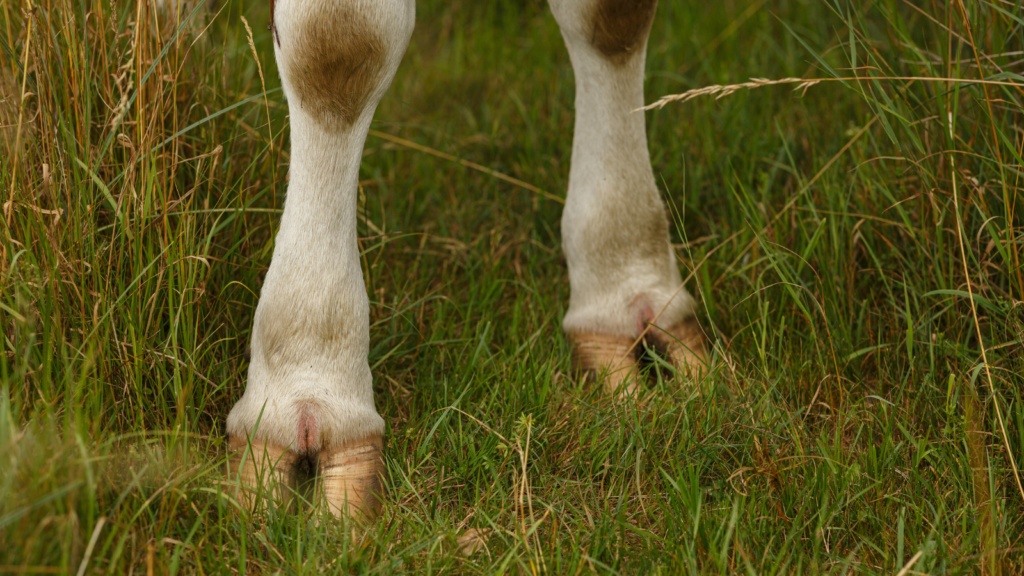
Neglecting hoof care can lead to lameness and infection. Trim goat hooves every 6-8 weeks. Cattle on pasture may need hoof trimming 1-2 times per year. Pigs on soft ground may never need trimming, but those on hard surfaces might. Learn proper trimming techniques or hire a professional to avoid injury.
Failing to Quarantine New Animals
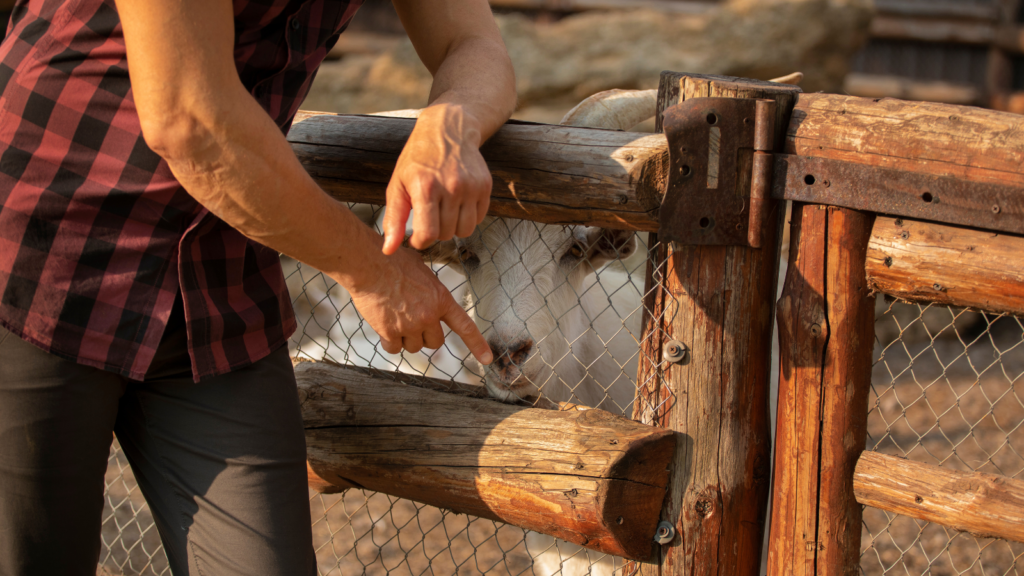
Introducing new animals without quarantine can spread disease to your entire herd or flock. Quarantine new arrivals for at least 30 days. Keep them separate from your existing animals and monitor for signs of illness. Use this time to deworm and vaccinate as needed before introducing them to the main group.
Overlooking Parasite Management
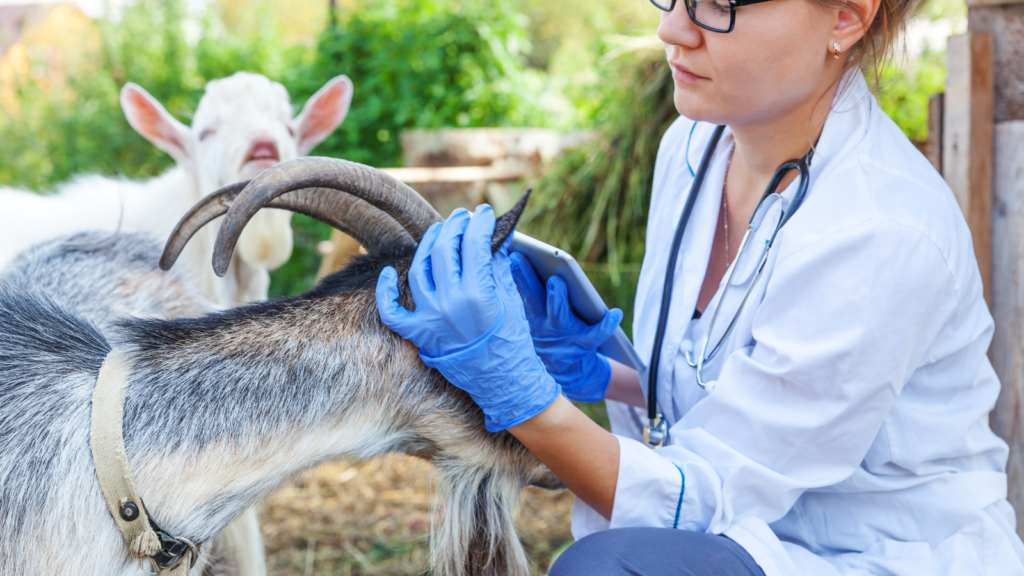
Ignoring parasite control can lead to poor health and decreased productivity. Implement a regular deworming schedule based on your specific animals and region. For goats and sheep, use the FAMACHA system to check for anemia caused by barber pole worms. Rotate pastures to break parasite lifecycles. Don’t forget about external parasites like lice and mites.
Mishandling Vaccinations
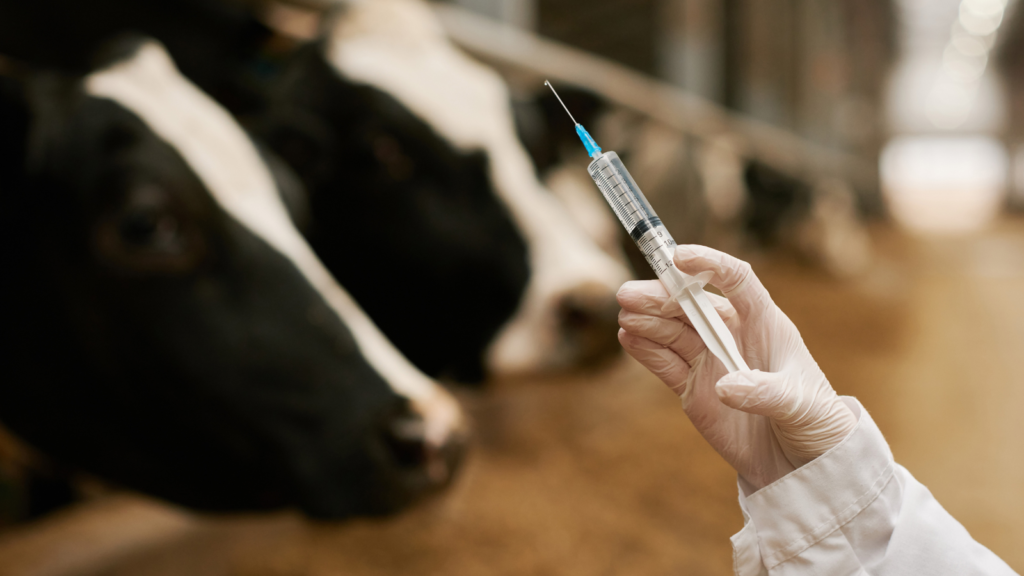
Improper vaccination can render vaccines ineffective or even harmful. Store vaccines in a refrigerator between 35-45°F. Use a new needle for each animal to prevent disease spread. Administer subcutaneous injections in the neck area for most livestock. Keep accurate records of vaccinations, including date, type, and lot number.
Neglecting Proper Record Keeping

Poor record keeping can lead to missed vaccinations, breeding cycles, and health issues. Keep detailed records of each animal, including birth dates, vaccinations, treatments, and breeding information. Use a livestock management app or a simple notebook system. Good records are crucial for making informed decisions about your herd or flock.
Improper Feed Storage
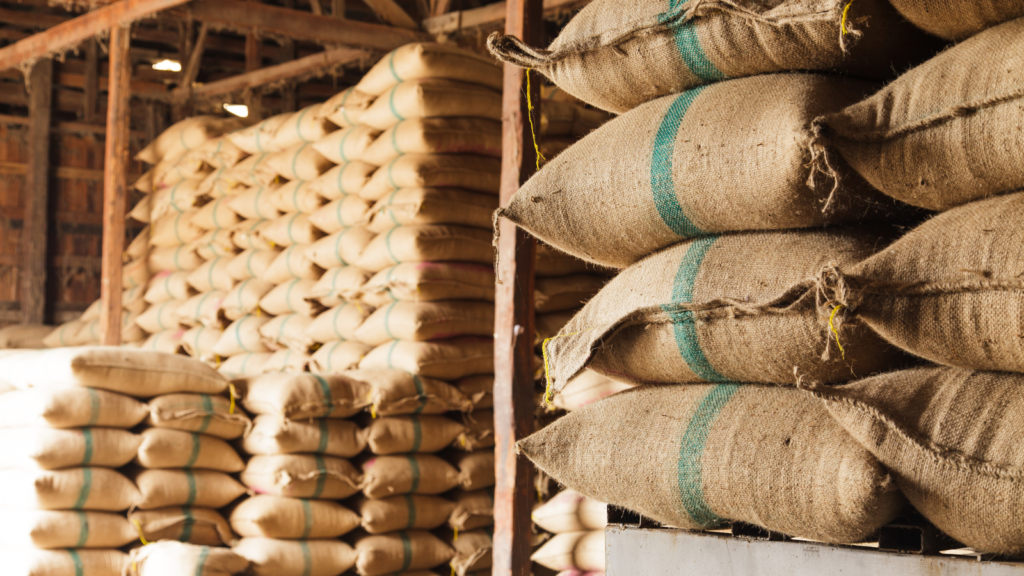
Storing feed incorrectly can lead to mold, pest infestations, and nutrient loss. Store feed in airtight containers off the ground. Use feed within 6 months of purchase. Keep feed areas clean and dry. Consider using metal trash cans or food-grade plastic barrels for storage to deter rodents.
Ignoring Signs of Illness
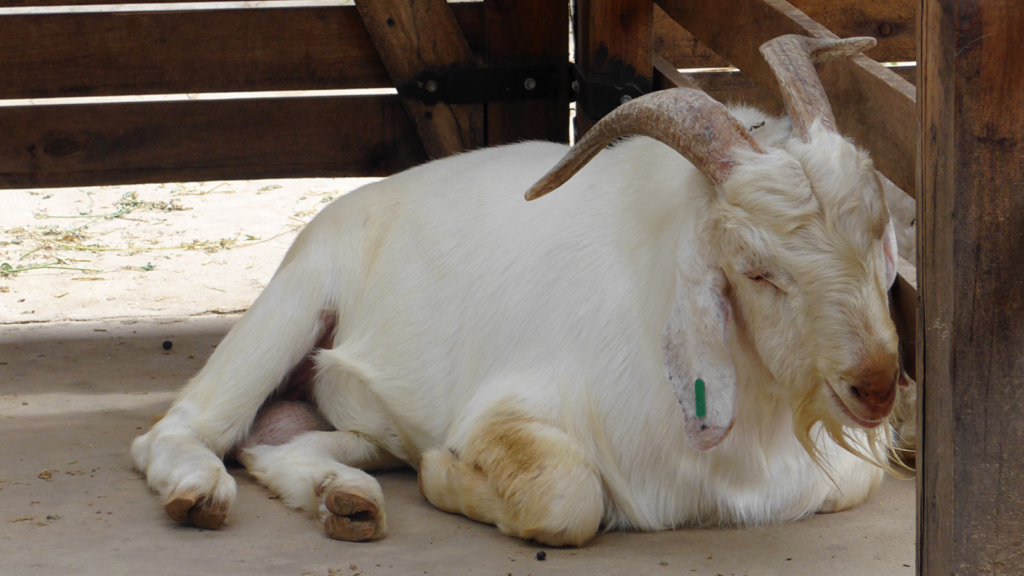
Failing to recognize early signs of illness can lead to serious health issues or death. Learn the normal behavior and vital signs for your animals. Check them daily for any changes. Common signs of illness include lethargy, loss of appetite, abnormal droppings, and changes in breathing. Don’t hesitate to call a vet if you’re unsure.
Overlooking Water Quality
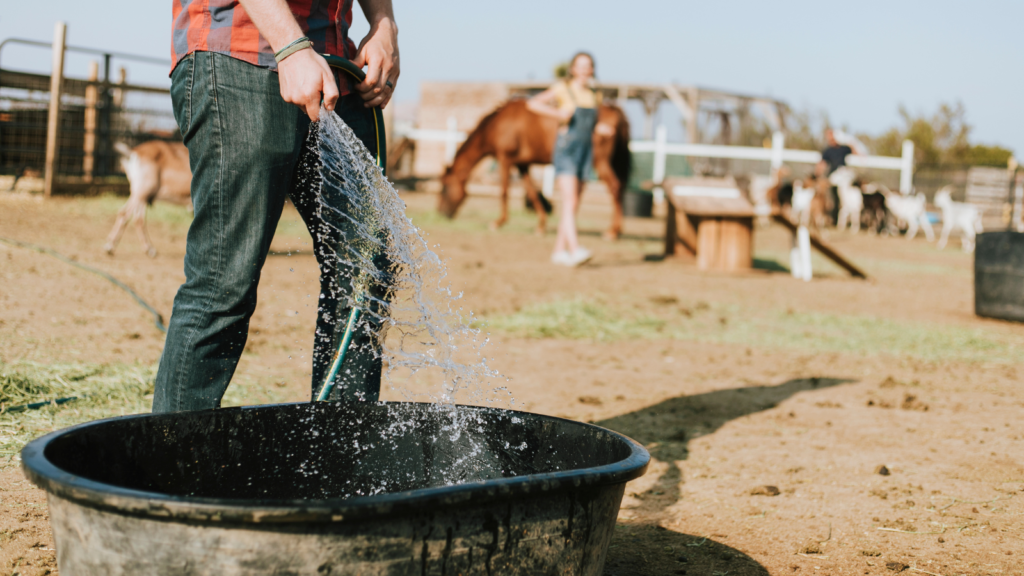
Poor water quality can lead to reduced intake and health issues. Clean water troughs weekly. Test well water annually for contaminants. Ensure animals have constant access to fresh, clean water. In winter, use heated water buckets or break ice twice daily to encourage adequate water intake.
Mismanaging Breeding
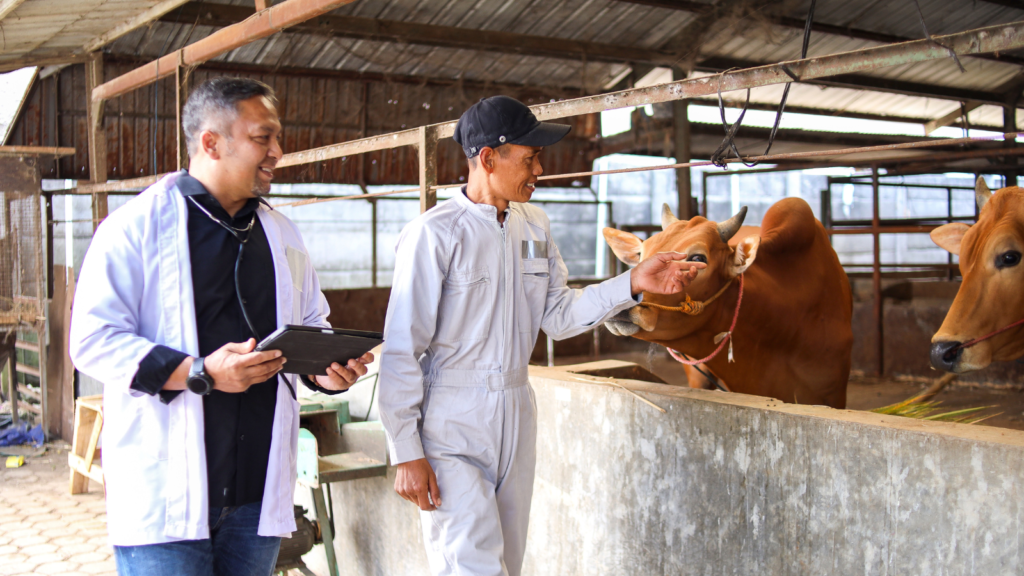
Improper breeding management can result in unwanted offspring or birthing complications. Know the ideal breeding age and weight for your animals. For cattle, heifers should be at least 65% of their adult weight before breeding. Keep accurate breeding records to predict birthing dates. Have a plan for offspring before breeding.
Neglecting Shelter
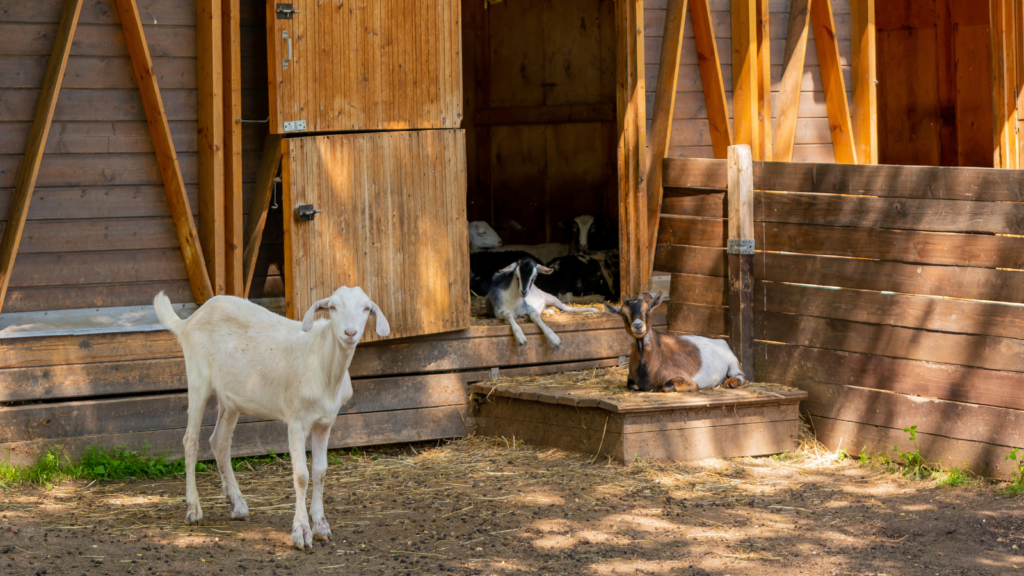
Inadequate shelter can lead to stress and health problems. Provide shelter that protects from wind, rain, and sun. Ensure proper ventilation to prevent respiratory issues. For chickens, allow 2-3 square feet of coop space per bird. Goats need a three-sided shelter with the open side facing away from prevailing winds.
Overhandling Young Animals
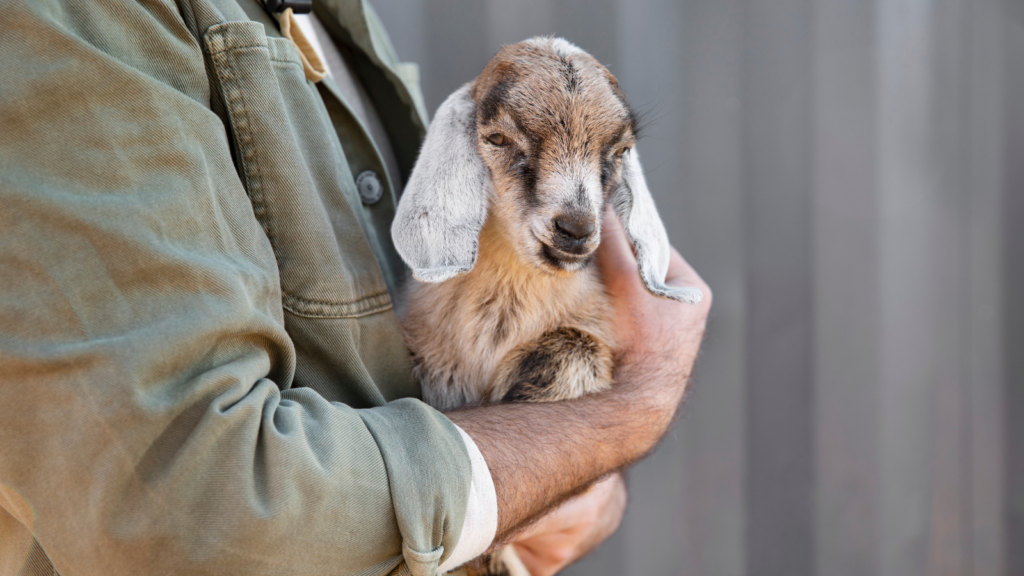
Too much handling of newborns can lead to rejection by the mother or stress for the young. Limit handling of newborns to necessary health checks and treatments. Allow mothers to bond with their offspring. For chicks, wait until they’re fully feathered before excessive handling.
Ignoring Biosecurity
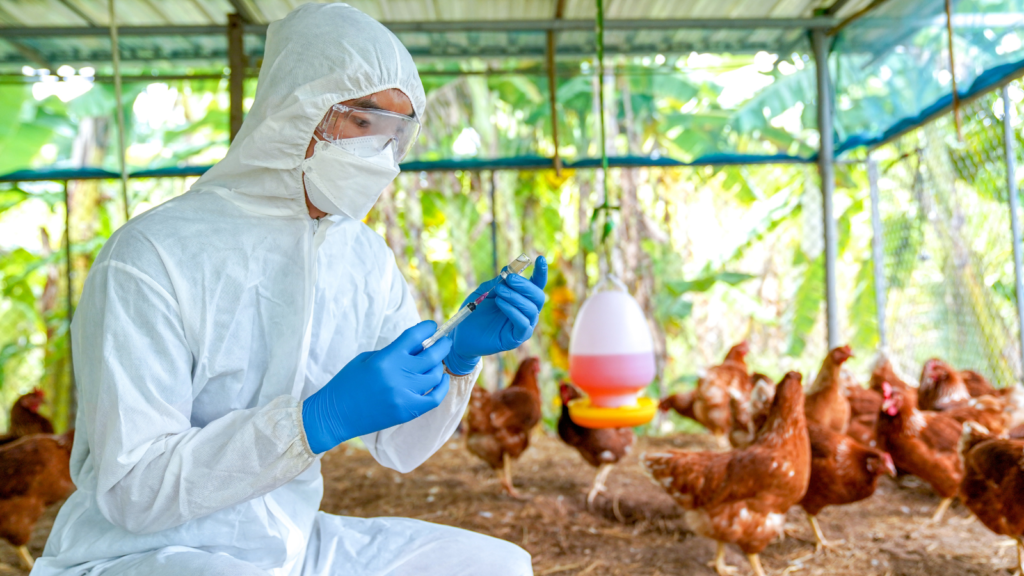
Poor biosecurity practices can introduce diseases to your farm. Limit farm visitors and provide boot covers or a foot bath. Quarantine new animals. Don’t share equipment between farms without proper disinfection. Practice the “all in, all out” system when possible, especially with poultry.
Misunderstanding Nutritional Needs
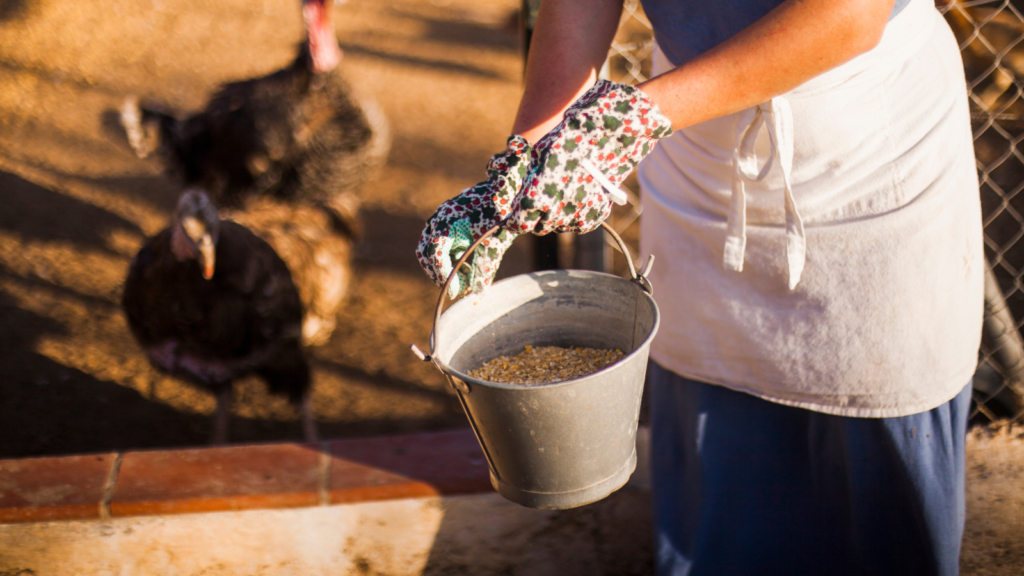
Feeding the wrong diet can lead to health issues and poor productivity. Understand the specific nutritional needs of your animals at different life stages. Pregnant and lactating animals need higher protein and energy. Growing animals require different nutrients than mature ones. Consult with a livestock nutritionist if unsure.
Overlooking Predator Protection
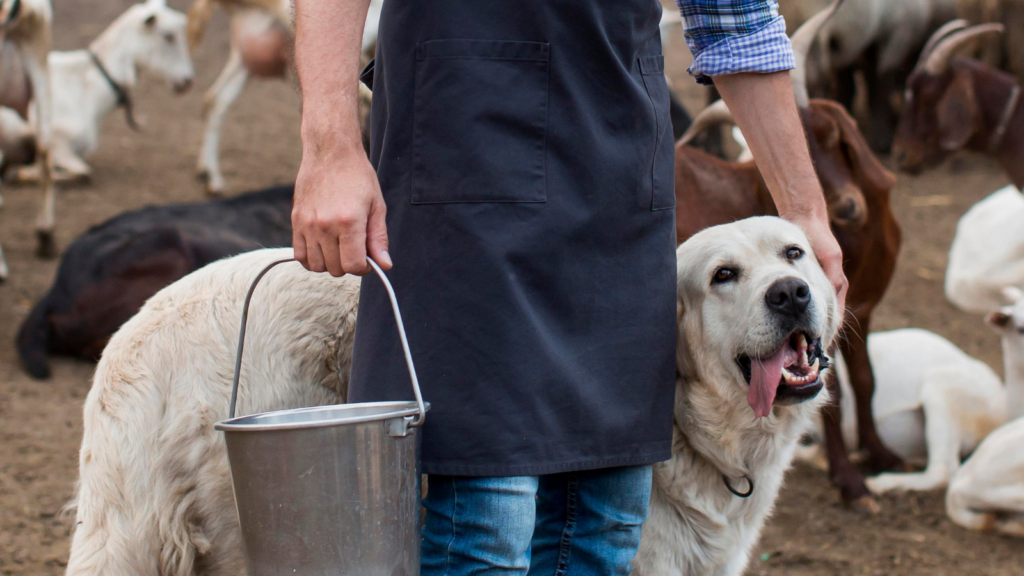
Failing to protect against predators can result in significant losses. Use guardian animals like dogs or donkeys. Secure coops and barns at night. Install motion-activated lights around livestock areas. Regularly check for signs of predator activity and adjust your protection strategies as needed.
Improper Manure Management
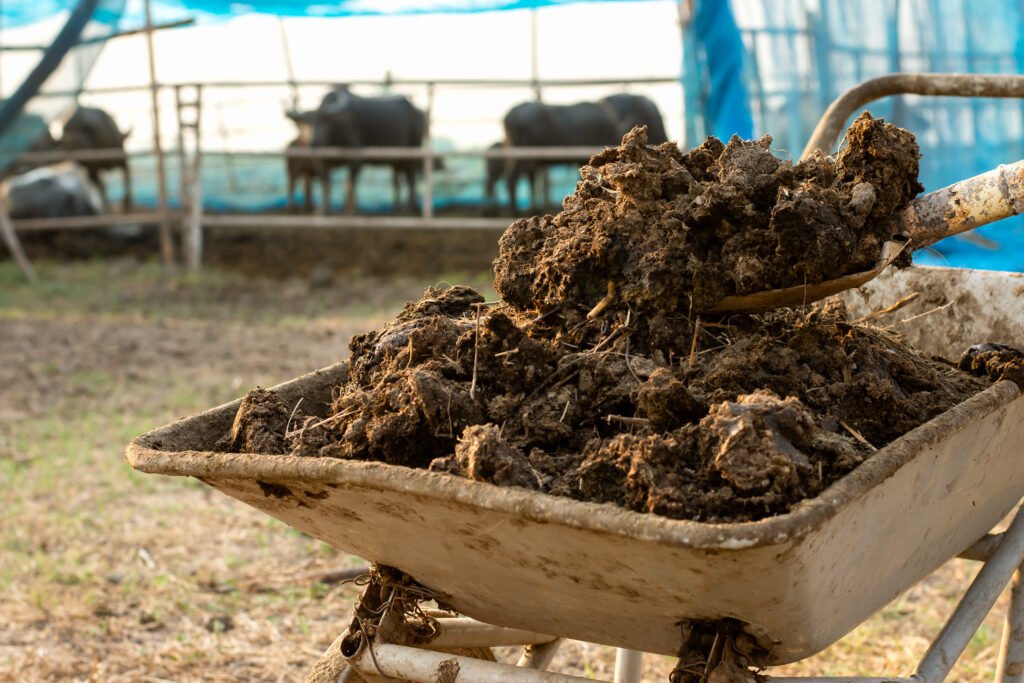
Poor manure management can lead to parasites, flies, and environmental issues. Clean barns and coops regularly. Compost manure properly to kill parasites and pathogens. Use a deep litter system for chickens to reduce cleaning frequency. Rotate pastures to prevent manure buildup and parasite cycles.
Neglecting Livestock Guardian Dog Training
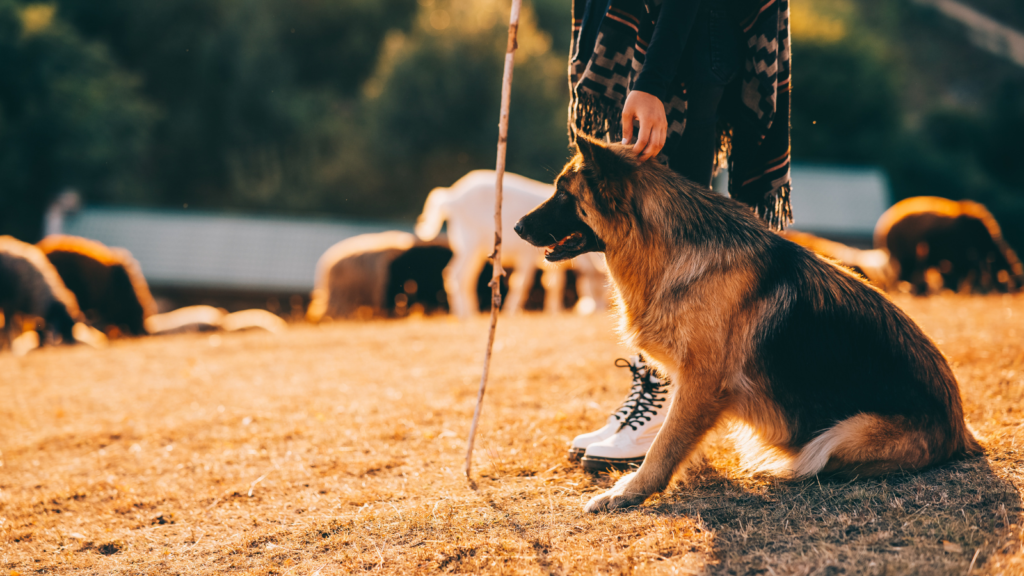
Improper training of livestock guardian dogs can result in ineffective protection or even harm to livestock. Start training early, introducing puppies to livestock at 7-8 weeks old. Supervise interactions closely. Correct any chasing or rough play immediately. Reward good behavior around livestock. Expect full maturity and reliability around 18-24 months of age.
Ignoring Local Regulations
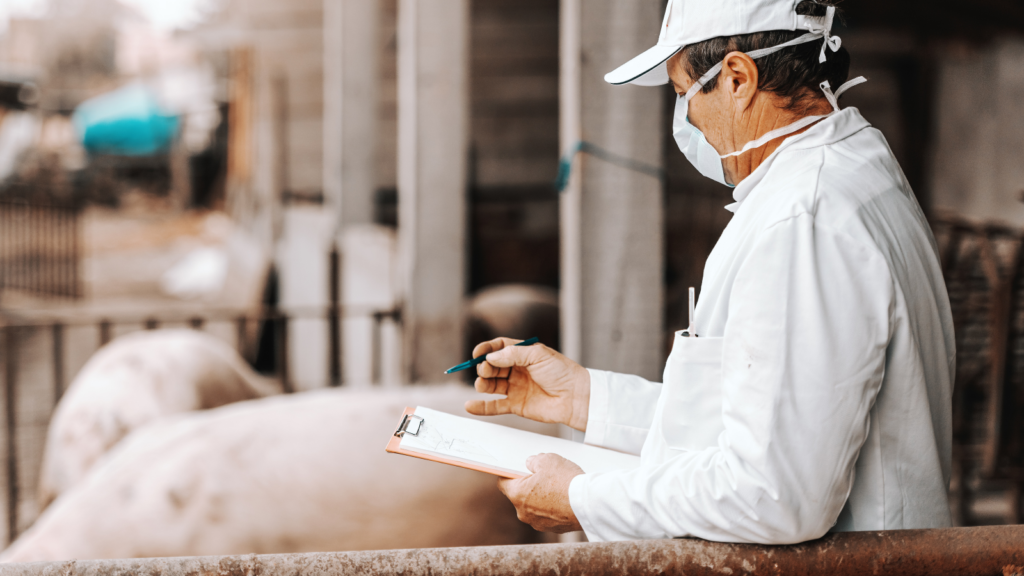
Overlooking local zoning laws and regulations can lead to fines or forced removal of animals. Check local ordinances before acquiring livestock. Understand noise regulations, setback requirements, and limits on animal numbers. Keep your property clean and well-maintained to avoid neighbor complaints.
39 Essentials to Stockpile Beyond the Big Three

When it comes to prepping, most folks focus on the big three: water, food, and weapons. But in my years of experience, I’ve learned that true preparedness goes way beyond these basics. There’s a whole world of items that can make or break your survival situation. I’ve put together a list of 39 often-overlooked but essential preps to get hold of after you’ve taken care of food and water to take care of your immediate survival needs, and weapons to defend your family and property and to hunt. Trust me, you’ll want to add these to your stockpile before it’s too late.
Read More: Be A Preparedness Pro | 39 Essentials to Stockpile Beyond the Big Three

